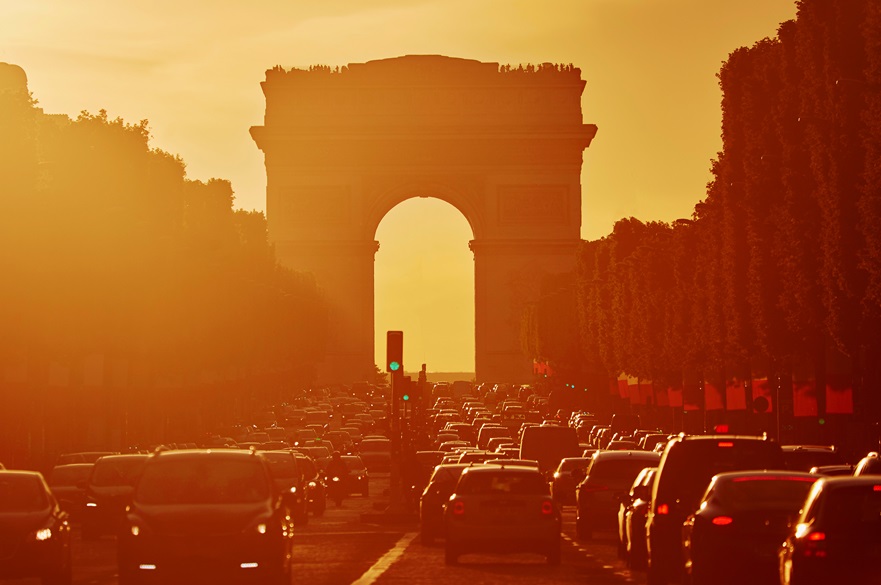Expert blog: How heat could impact athletes at this year's Games
By Stacey Cowe, PhD researcher in the School of Science and Technology
Published on 16 July 2024
Categories: Press office; Research; School of Science and Technology;

Over a four year period in the lead up to the Olympic Games, athletes demonstrate unwavering dedication and countless hours of training to push the boundaries of human potential in an attempt to win a medal for their country.
Whilst they can control many elements of their training and preparation, what they can’t control is the environmental conditions they will experience on the day of their event. These conditions, in particular the heat, may pose a problem, making an athlete’s ability to cope with the temperature just as important as their physical performance.
Specifically, athletes who compete in the marathon, road cycling or triathlon, for example, will be the individuals at the greatest risk due to prolonged activity whilst exposed to the heat with little to no breaks.
These risks have been realised in previous events, for example, with professional triathlete Jonny Brownlee experiencing severe heat stroke during the World Triathlon Series, which was took place in Mexico in 2016. He became dazed and struggled to walk in the final stretch of the 10km run and his brother, Alistair Brownlee, had to carry him across the finish line.
With the 2020 Tokyo Olympics being the hottest games on record and 100 cases of heat-related illness being recorded, it’s important to discuss and understand the potential impact of the heat and what can be done about it.
Many researchers state that up until a certain level of heat stress, exercise performance and athletes’ cognitive function can be improved due to increases in muscle temperature, arousal levels, and focus.
However, negative effects can begin to creep in when core temperatures rise above 38.5°C. These include slower reaction times, poorer decision making skills and less attention given to the task at hand as well as worsened sprint performance and a higher likelihood of heat-related illnesses.
Based on the heatwave that a lot of Europe experienced last summer, it is possible that we may see athletes' core temperatures rise above this previously determined level and the negative effects may be the difference in winning a medal or not in Paris this summer.
With peak temperatures in France being recorded at around 40°C last summer, sports teams will most likely be employing a variety of tactics and mitigation strategies to best avoid the negative impacts of the heat for athletes whose events take place outside.
These could include preparation strategies, such as acclimation, that will be utilised in the months and weeks leading up to the competition. Acclimation involves exercising multiple times in the heat, most likely in an environmental chamber, to increase tolerance to high levels of heat stress and allow an athlete’s body to get used to the environmental conditions they may experience in Paris.
Many sports teams have previously used this method in the lead up to an event. For example, Belgium’s field hockey team trained in an environmental chamber set to 50°C prior to the Tokyo Olympics.
Alongside preparation strategies, there are methods that can be implemented before or during the event, such as cooling. Cooling can involve internal or external strategies. This could include drinks made up of a mixture of ice and water, or a cooling vest, which is used to blunt the increase in core temperatures to allow athletes to compete for longer before reaching a critical core temperature.
Whilst there may be difficulties in implementing these preventative strategies, for example not having access to an environmental chamber to mimic the potential conditions, it is important that sports teams prepare their athletes for the heat and ensure they are in the best position possible to perform well at the Paris Olympics.